Home - Rarity Chart - Real Beach Glass
Real Beach Glass, Natural Sea Glass, Genuine Sea Glass
The best guide to Real Beach Glass*...including how to identify the processes that go into genuine beach glass...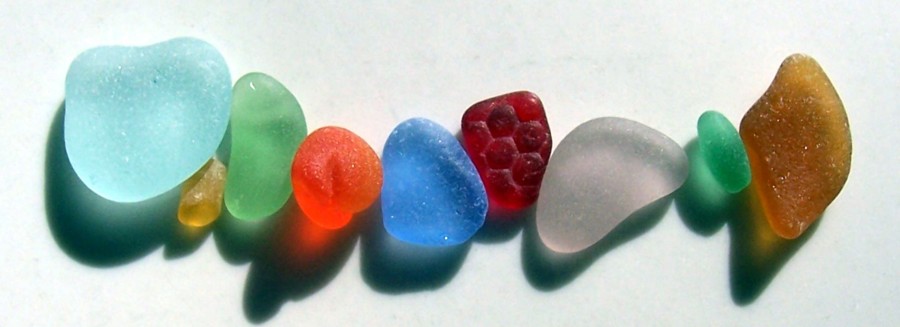
*The terms "beach glass" and "sea glass" are used interchangeably here. |
Real Beach Glass - The Durability of Glass
If you leave a shard of glass in a dry place, it will retain its smooth, shiny surface practically indefinitely.
It is one of the most stable materials you can find in a natural environment, and that's why at beach sites of very old dumps, when everything else (wood, metal, etc.) has completely broken down and disappeared, glass, or natural sea glass is what remains.
Real Beach Glass - Changes in Glass Over Time
However, glass does decompose or "corrode."When put under a high-power microscope, the surface of a newly-made sheet of glass actually appears potted and webbed, kind of like a photo of the surface of the moon.
These "potholes" collect contaminants from the surrounding environment that do eventually break down the surface of the glass and give genuine sea glass its unmistakeable patina.
Real Beach Glass - Understanding the Composition of Glass
Glass is composed of:
-
Silica
-
Alkali (usually either soda ash or potash derived from wood ash),
-
Lime
The combination of soda and lime has been the most common way to make glass down through the centuries and is still the most common glass today.
In old glass, soda glass is characteristic of southern Europe, where it is made from crushed white pebbles and soda ash from burnt marine vegetation.
Soda glass, which is often used for the manufacture of cheap glass, is twice as soluble in water as potash glass.
So it is possible that a piece of real beach glass that is deeply etched may not be not be as old as the natural sea glass right next to it that is less deeply etched, depending on the whether soda or potash was used in the original glass.
Although glass is very durable, any glass, 17th-century glass in particular, can undergo complex disintegration.
Potash glass is more characteristic of interior Europe, where it is made from local sands and potash derived from wood ash and burnt inland vegetation.
A little salt and tiny amounts of manganese are added to make the glass clear, but potash glass is less clear than soda glass. Most early glass is green because of iron impurities in the materials.
As long as the original glass mixture was kept in balance, the resulting glass will be stable.
But problems come up when there is too much alkali and/or too little lime in the mixture.
When this occurs, the glass will be especially affected by moisture leading to a deeper, rougher appearance seen in some instances of real beach glass.
Real Beach Glass - What Happens Chemically
In all glass, the surface of the glass absorbs moisture from the surrounding elements.
The absorbed moisture and exposure to carbon dioxide causes the components to change to sodium or potassium carbonate.
Both of these components are highly susceptible to moisture.
In water, especially salt water, the sodium and potassium in leaches out, leaving only a fragile, porous hydrated silica network.
This process gives the surface of real beach glass a frosty appearance.
At the present state of knowledge, the decomposition of glass is imperfectly understood, but most glass technologists agree that glass decomposition is due to preferential leaching and diffusion of alkali ions across a hydrated porous silica network.
Real beach glass often has iridescent layers on the surface that are formed by the leached silica layers.
The dissolving of genuine beach glass takes place at a constant rate.
Of course, the water itself, with its differing components (fresh water, salt water, surrounding runoff and minerals) affects the rate and depth of this leaching process and the resulting look of the mature genuine sea glass.
Sources of information:
Conservation Research Laboratory
Nautical Archaeology Program
Texas A&M University
OdysseySeaGlass relies on advertising to cover costs of sharing sea glass info from around the world. Purchasing from an ad on our site costs no more than directly and provides us with a few cents income.
You will see Google and Amazon ads as well a few other advertisers as you view our pages. .
Note: Sea glass usually refers to naturally tumbled glass that's found on saltwater shores, while beachglass or beach glass can refer to the tumbled glass found on any body of water with enough wave action, such as large lakes.
Lake glass is a term not used very often but is accurate if used for beach glass found on the large lakes such as the Great Lakes of North America.


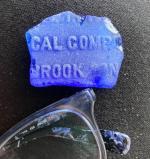
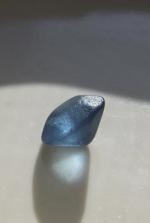
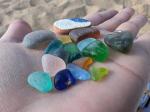
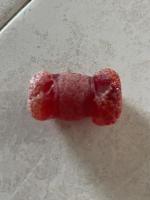
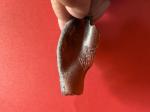
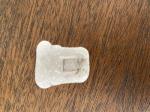
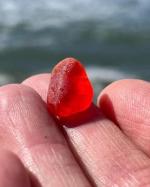
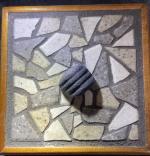
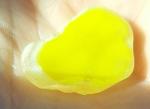
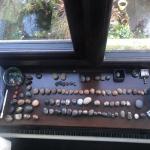

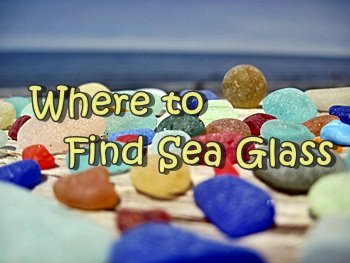
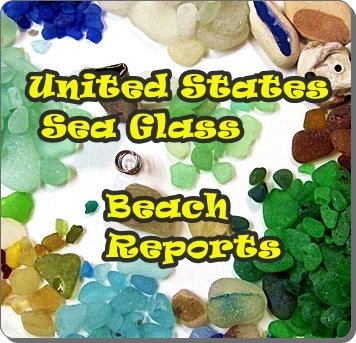


Comments!
We love receiving your comments, but please read the notes below before posting. Thank you!NOTES:
All comments are moderated. If you leave the page you won't see your comment until it is approved.
Select the "Post to Facebook" check box to be notified on FB when a reply has been posted.
If you scan the previous comments you may find an answer to your question. Click the "View X more" link at the bottom (if visible) to see all comments.
Photos - If you would like to include a photo, please use our Photo Forums.
Questions - If you have a question, it may already be answered. Please tap or click here to search of our site first.